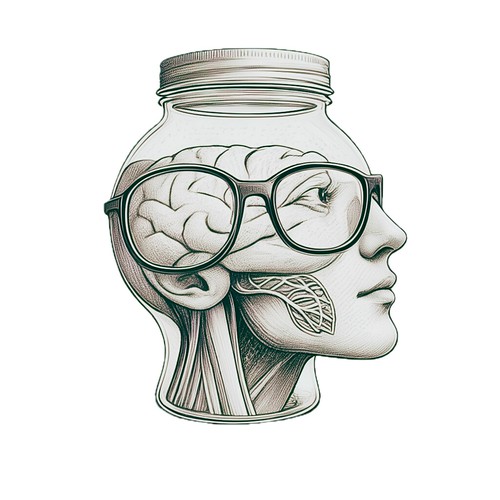Folding at Home: in search for cures for cancer and other rare diseases
My friend Luther alerted me to Folding at Home. It's a global endeavor where you share a small portion of your device's unused computing power to enable calculations for scientists in search for cures for cancer and other diseases.
I installed the program two days ago in an old HP laptop that operates on Windows. Since then, I've been involved in a COVID-19 modeling study. Now I'm contributing (albeit passively) to Project 16447.

Uveal melanoma is rare, but I had the privilege of meeting a patient who had this disease. I did not meet her again. I wonder what happened to her.
Protein modeling studies are also close to my heart. In first year med school, my team and I, supervised by Dr. Frank Heralde from the College of Medicine's Department of Biochemistry and Molecular Biology, did protein modeling work on Influenza A(H1N1). We were able to present this work in a major conference in the Netherlands. We collaborated with a modeling program developed by French scientists. I remember that the program required fast computers, so we turned to Marvyn Chan, whose laptop did not lag.
Folding at Home is amusing and amazing, isn't it? If people ask me what I've been doing since the lockdown, I will say, "Finding cures for rare diseases." And I wouldn't be lying.
I installed the program two days ago in an old HP laptop that operates on Windows. Since then, I've been involved in a COVID-19 modeling study. Now I'm contributing (albeit passively) to Project 16447.
This project seeks to understand G protein inhibition in the treatment of uveal melanoma and other Gq-related diseases. The heterotrimeric G proteins are molecular switches regulate biological functions like sight, smell, and memory. This pivotal role makes G proteins essential players in physiology and pathophysiology. However, when G proteins mutate, they result in a variety of diseases from cancer to heart disease. For example, a single mutation in the Gq protein is known to cause uveal melanoma, a cancer in the iris of our eyes that remains largely untreatable short of removing the eye. This is due to an over-active Gq protein. Thus, targeting over-active Gq mutants presents a unique opportunity to treat disease.
Natural product chemistry offers the chance to identify treatments against these difficult to treat targets. A peptide found in Christmas berries, YM-254890 (YM) binds and inhibits Gq, preventing the over-active from resulting cancers. Previous results suggest that YM is even useful in cellular and animal models. However, both the mechanism of Gq inhibition as well as how to optimize YM further (for simplicity, potency, or specificity) remain unknown. This project simulates the heterotrimeric Gq protein bound to YM, to understand its mechanism. Project 16446 simulates the Gq protein by itself, which will help us understand its behavior in the cell.

Uveal melanoma is rare, but I had the privilege of meeting a patient who had this disease. I did not meet her again. I wonder what happened to her.
Protein modeling studies are also close to my heart. In first year med school, my team and I, supervised by Dr. Frank Heralde from the College of Medicine's Department of Biochemistry and Molecular Biology, did protein modeling work on Influenza A(H1N1). We were able to present this work in a major conference in the Netherlands. We collaborated with a modeling program developed by French scientists. I remember that the program required fast computers, so we turned to Marvyn Chan, whose laptop did not lag.
Folding at Home is amusing and amazing, isn't it? If people ask me what I've been doing since the lockdown, I will say, "Finding cures for rare diseases." And I wouldn't be lying.
Labels: medicine

0 Comments:
Post a Comment
<< Home